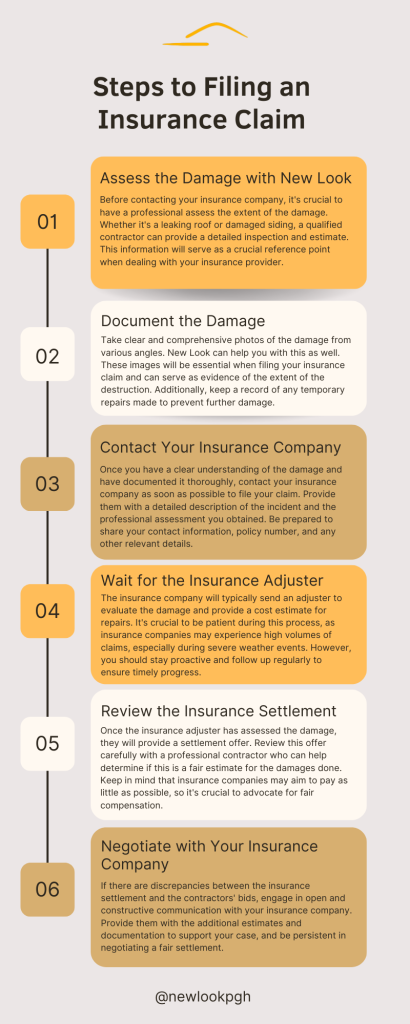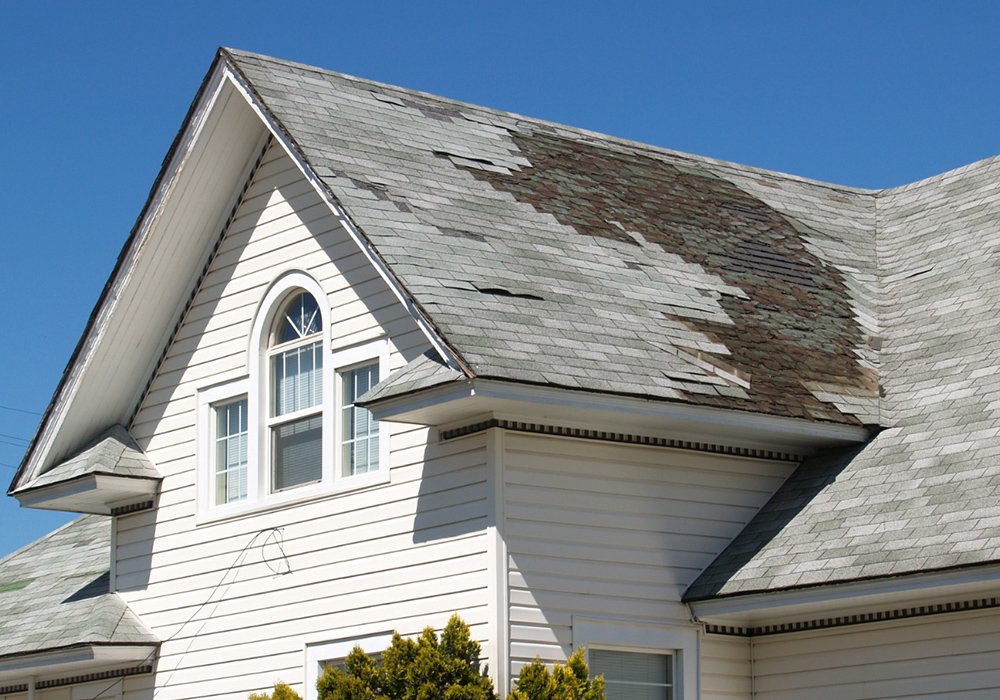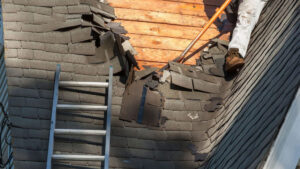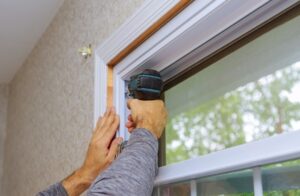Insurance Claims 101: How To File An Exterior Claim Headache-Free
Exterior damage to your home, whether it’s your roof, siding, windows, doors, or gutters, can be a stressful and overwhelming experience. However, the process of navigating insurance claims doesn’t have to be. We are here to provide you with valuable insights and tips on how to effectively handle insurance claims for exterior damage, ensuring you receive fair compensation for repairs.
Navigating insurance claims for exterior damage can be a complex process, but with careful planning and proactive communication, you can ensure that your home is restored to its former glory. Remember, it’s your right to protect your valuable asset, and by following these steps, you’ll be better equipped to navigate the insurance claims process successfully.

Insurance Claims 101: let’s delve into specific signs that homeowners should look for when assessing exterior damage on different parts of their home.
Roof Damage
Shingles:
1. Look for missing, cracked, or curled shingles.
2. Check for granule loss, as excessive granule accumulation in gutters indicates potential roof aging or damage.
3. Inspect for any areas with uneven shingle wear.Flashing:
1. Check the flashing around chimneys, vents, and skylights for any signs of damage or detachment.
2. Ensure that the flashing is properly sealed to prevent water infiltration.
Water Stains:
3. Inspect the interior of your home for water stains on ceilings or walls, as they may indicate a roof leak.Sagging:
1. Look for any signs of sagging or dips in the roof, as they could indicate structural issues.
Siding Damage
1. Cracks and Holes:
1. Examine the siding for cracks, holes, or punctures caused by hail, wind-blown debris, or other impact.
2. Loose or Missing Pieces:
1. Check for any loose or missing siding panels, which can compromise the integrity of the exterior.
3. Fading or Discoloration:
1. Note any significant fading or discoloration, as this may indicate weathering and reduced effectiveness in protecting your home.
4. Warped or Buckled Sections:
1. Inspect for any warped or buckled sections, which may suggest water damage or underlying issues.Window Damage
1. Cracked Glass:
1. Examine windows for any cracks or fractures in the glass, which can compromise energy efficiency.
2. Leaking:
1. Check for water leaks around window frames, as these can lead to water damage and mold growth.
3. Difficult Operation:
1. Operate windows to ensure they open and close smoothly; difficulty in operation may indicate structural issues.
4. Condensation Between Panes:
1. If you notice condensation between window panes, it may indicate a broken seal and reduced insulation capacity.Door Damage
1. Weather Stripping:
1. Inspect the weather stripping around doors for signs of wear or damage, as it plays a crucial role in energy efficiency.
2. Warped or Misaligned Doors:
1. Check for warping or misalignment of doors, as this can lead to drafts and security issues.
3. Cracks in Door Frames:
1.Examine door frames for any cracks or damage that may compromise the structural integrity.
4. Difficulty in Operation:
1. Ensure that doors open and close smoothly; any difficulty in operation may indicate issues with hinges or the door frame.
By regularly conducting these assessments, homeowners can catch exterior damage early, allowing for timely repairs and reducing the risk of more extensive issues. If you notice any signs of damage, it’s advisable to consult with a professional contractor to conduct a thorough inspection and provide guidance on necessary repairs. Remember Insurance Claims 101, proactive maintenance is key to preserving the longevity and value of your home!






